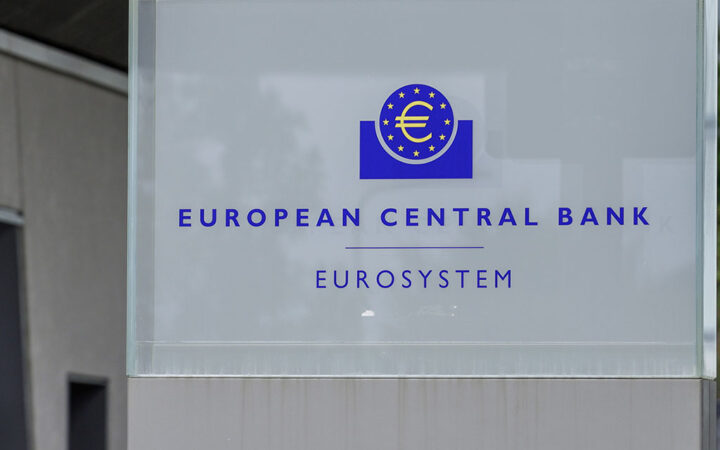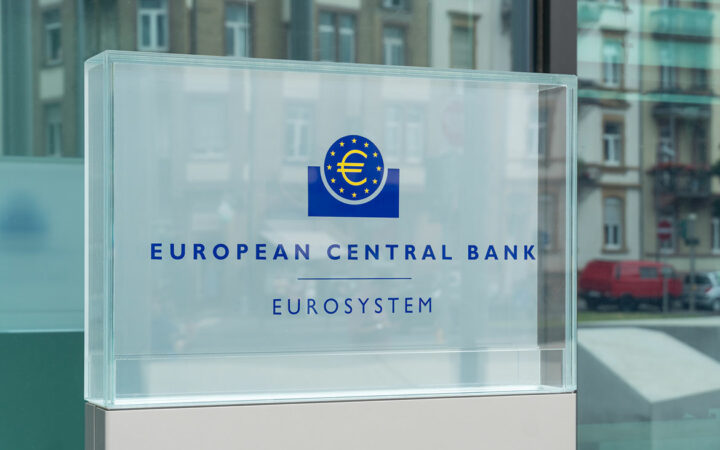
Let’s talk web3, crypto, Metaverse, NFTs, CeDeFi, meme coins, and Stocks, and focus on multi-chain as the future of blockchain technology. Let us all WIN!
The Philippines is an emerging economy that is shifting from the agricultural market to the services and manufacturing industry.

The Philippines Central Bank has announced a new course study for a digital currency via an initiative dubbed Project CBDC-Ph. According to its latest updates, the bank through its governor Benjamin Diokno indicated CBDC is inevitable thus the need for early ventures.
The Republic of the Philippines has in the past two years struggled with the Covid-19 crisis. As a precautionary measure, the country has had to impose border restrictions and lockdowns to protect people from contracting COVID-related illnesses. Consequently, the use of fiat money has become more challenging following risks associated with them on Covid spreading.
Nevertheless, the government through the country’s central bank has embarked on a journey to introduce digital currency dubbed CBDC. Built on the fast-growing blockchain technology, CBDCs are expected to revolutionize the global economy that has significantly stalled growth.
Moreover, leading global economies including China, England, and the United States are steps ahead in CBDC implementation.
Nonetheless, the Philippines archipelago is bound to lead in the Southeast Asia economy. Moreover, the country’s favorable investment policies have attracted global investors seeking to venture into the Southeast Asian market.
During the past decade, the cryptocurrency boom has caught many by surprise. However, it is the underlying technology that has changed our way of living. Sending value in assets does not have to include third parties who historically have been the last best beneficiaries of high transaction fees.
The DeFi ecosystem among other subsections in the crypto market has attracted leading institutional investors, thereby awakening lawmakers’ focus on them. In a bid to control the crypto market that has significantly eaten away the banking industry, the Philippines is open to CBDC.
Mind you, the stablecoin market has proved to be a huge competition to the fiat currencies despite the huge regulatory demand. As more people onboard the crypto wagon, while countries remain behind on CBDC implementation, the stablecoin market will continue to gain more ground and traction.
The Philippines is an emerging economy that is shifting from the agricultural market to the services and manufacturing industry. Tourism and travel account for almost 10 percent of the country’s GDP. In order to make the country hospitable for more tourists and investors amid growing competition in the sector, building a reputable payment system is paramount.
The Philippines through its central bank, however, has not revealed plans of CBDC implementation in the short term. Experts have highlighted that not until 2023 that the country may adopt a digital currency.
Worth noting, CBCDs have been highlighted as part of the holy grail to global crypto adoption.
Disclaimer: Coinspeaker is committed to providing unbiased and transparent reporting. This article aims to deliver accurate and timely information but should not be taken as financial or investment advice. Since market conditions can change rapidly, we encourage you to verify information on your own and consult with a professional before making any decisions based on this content.

Let’s talk web3, crypto, Metaverse, NFTs, CeDeFi, meme coins, and Stocks, and focus on multi-chain as the future of blockchain technology. Let us all WIN!




